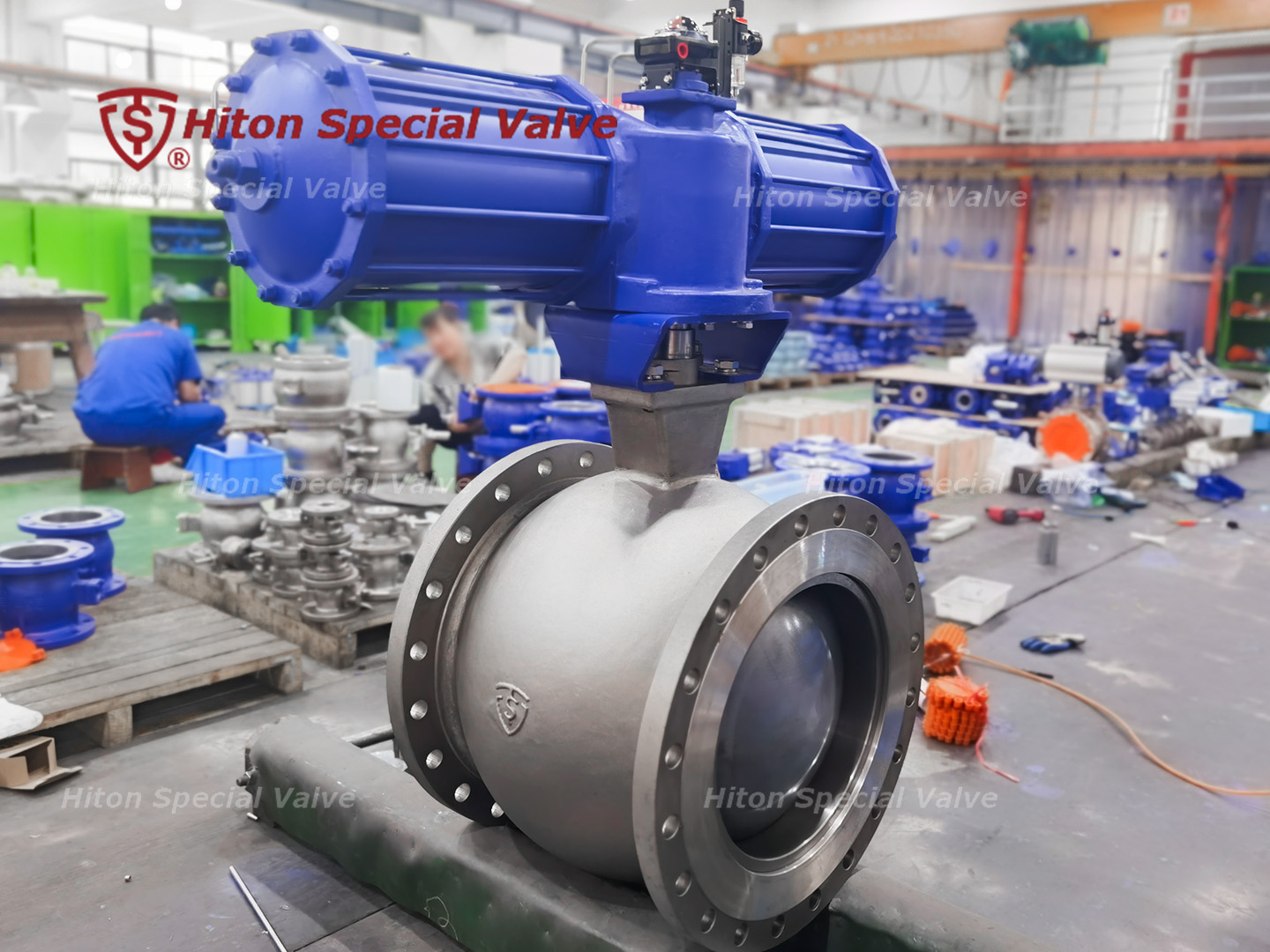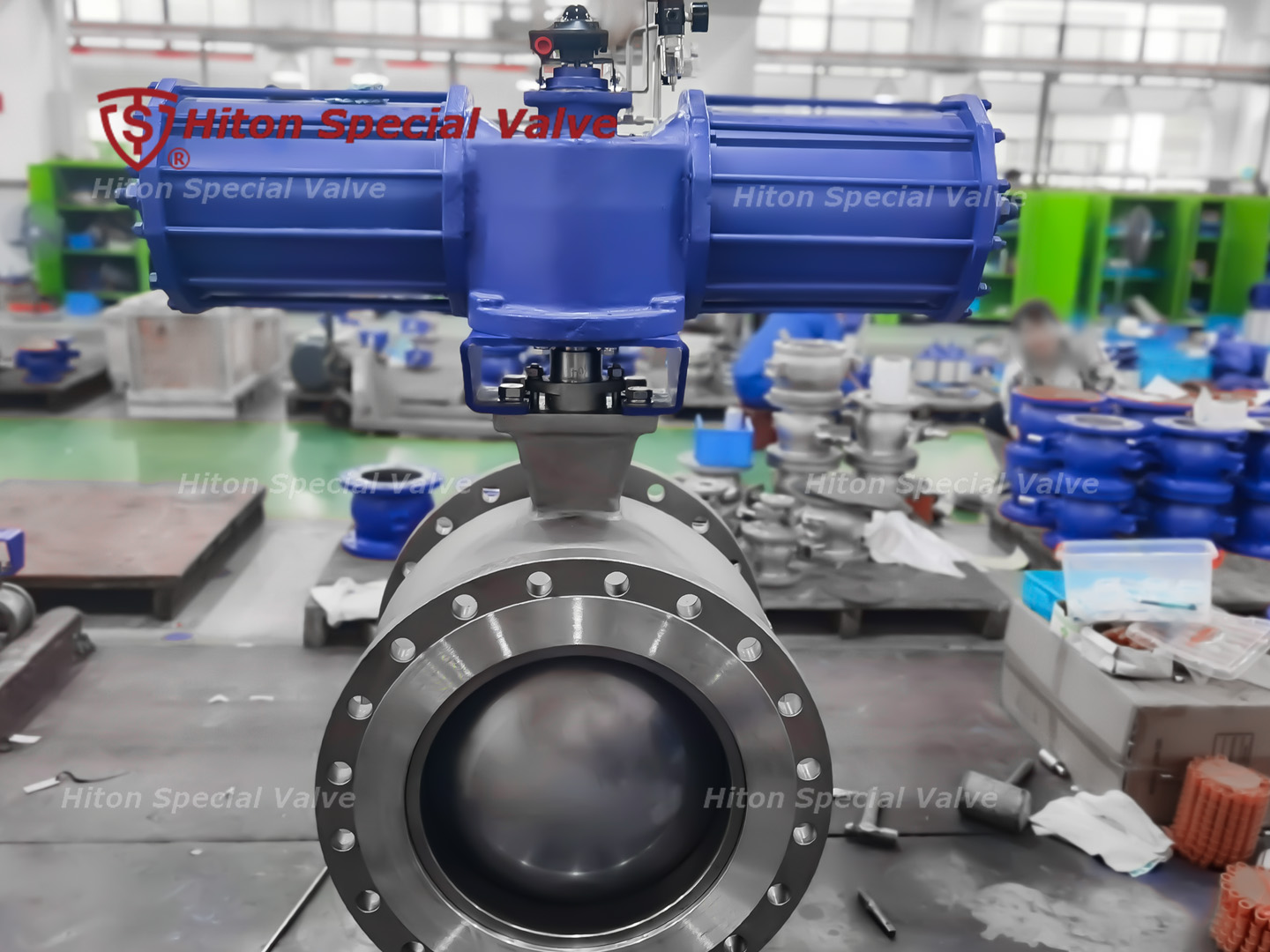A V-port ball valve(segment ball valves) operates based on the rotational movement of a V-shaped ball within its body.
The fundamental working principles of a V-port ball valve(segment ball valves) are as follows:

1. Valve Body Structure: The interior of the valve body features a V-shaped passage, and the surface of the ball has corresponding V-shaped grooves.
This design allows the ball to control fluid flow as it rotates.
2. Ball Rotation: When the valve is closed, the ball is rotated to a position where the V-shaped passage is sealed, preventing the flow of fluid.
To open the valve, the ball is rotated to another position, aligning the V-shaped passage and allowing fluid to pass through.

3. Fluid Control: Due to the V-shaped passage on the ball, precise fluid control is achieved as the ball rotates.
Adjusting the rotation angle of the ball enables the regulation of fluid flow, providing the valve with throttling capabilities.

4. Fluid Control: Due to the V-shaped passage on the ball, precise fluid control is achieved as the ball rotates.
Adjusting the rotation angle of the ball enables the regulation of fluid flow, providing the valve with throttling capabilities.
5. Operation Modes: V-port ball valve(segment ball valves)s can be manually operated or automated using electric, pneumatic,
or hydraulic devices. In manual operation, a handle or handwheel is rotated to reposition the ball.
In automatic control, an electric motor or other actuator is employed to rotate the ball.
6. Sealing Performance: The design of V-port ball valve(segment ball valves)s contributes to enhanced sealing performance,
reducing the likelihood of fluid leakage. When the ball is rotated to the closed position,
the V-shaped passage forms an effective seal, preventing fluid from passing through.
In summary, V-port ball valve(segment ball valves)s control fluid flow through the rotational movement of a V-shaped ball, offering flexibility,
reliability, and precise fluid control. These valves are commonly used in industrial applications where strict regulation of fluid flow and pressure is required.


















